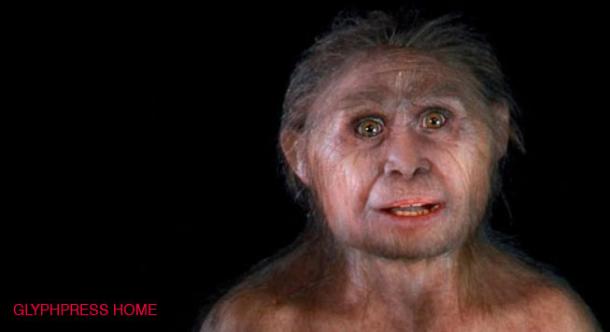April Holloway
Ancient Origins
July 17, 2013

In 2003, the remains of an early human species, Homo floresiensis, were discovered on the island of Flores in Indonesia and were dated to have lived between 95,000 and 17,000 years ago. Nicknamed ‘hobbit’ for its small stature (approximately 3 feet 6 inches tall) and large feet, Homo floresiensis has been the subject of much debate and intense research to determine whether they represent a species distinct from modern humans, or whether the remains belonged to a modern human (Homo sapien) with a disorder such as microcephalia, a condition characterized by a small head, short stature and some mental retardation. Now, a new 3D-comparative analysis has confirmed the status of Homo floresiensis as a distinct Homo species.
Scientists used 3D geometric analyses of skull surfaces to compare the ‘hobbit’ with many fossil humans, as well as a large sample of modern human crania suffering from microcephaly and other pathological conditions. The study, published in the journal Plos One, is the most comprehensive study to date to simultaneously evaluate the two competing hypotheses about the status of Homo floresiensis.
The results revealed that the ‘hobbit’ cranium showed more similarities with fossil human samples than to modern humans with pathological conditions. The differences between the H. floresiensis skull and the modern skulls with pathology were sufficient to be able to state with certainty that the ‘hobbit’ was not a modern human with pathology.
